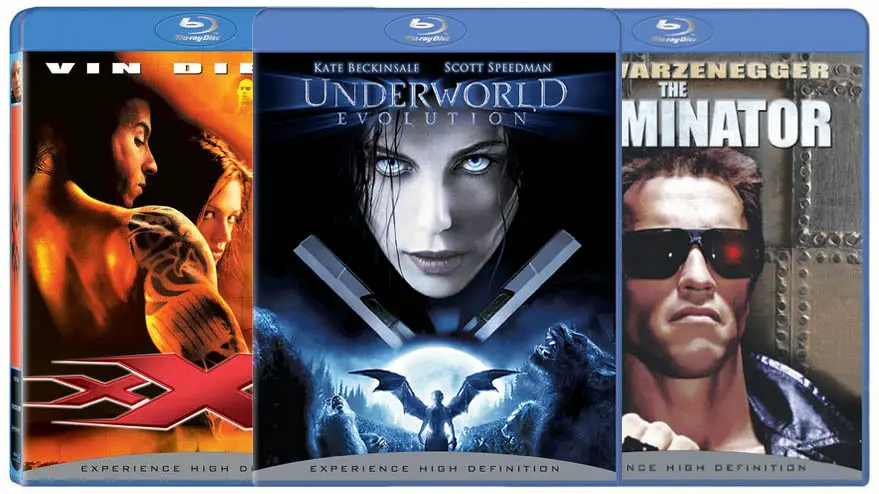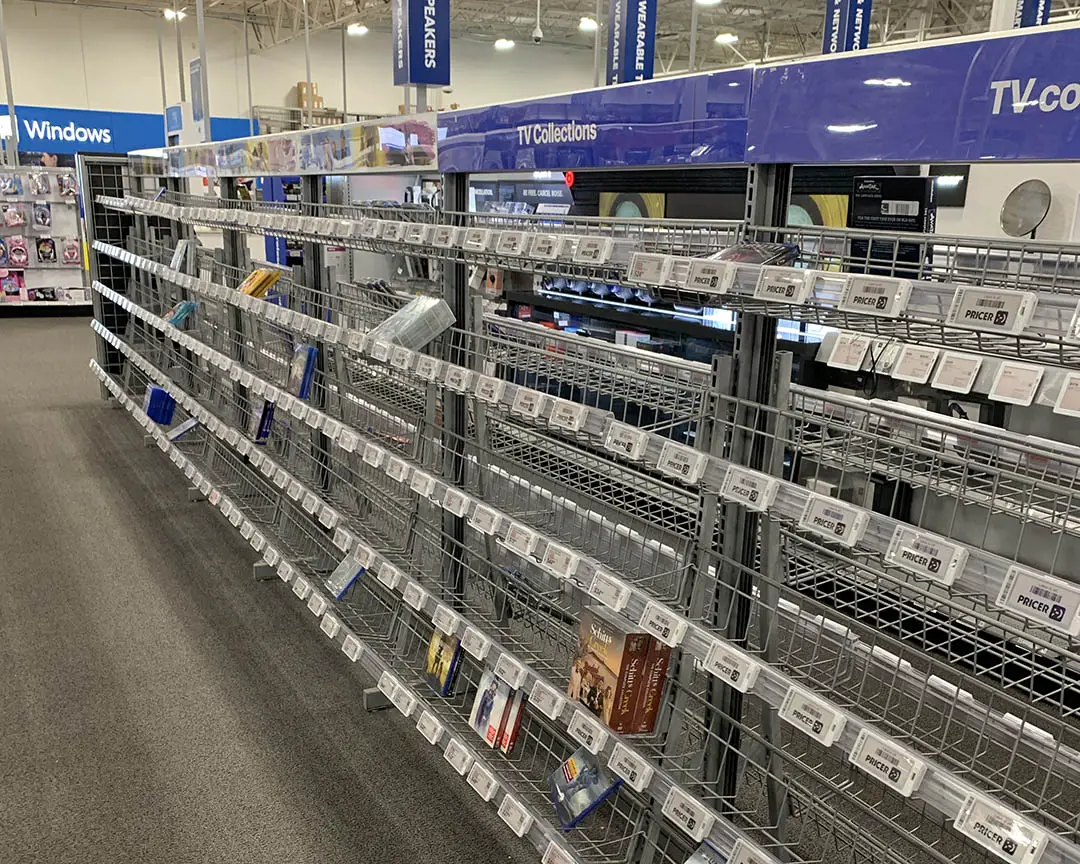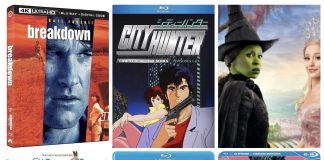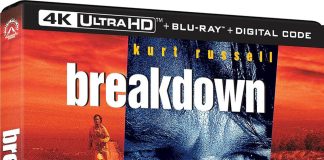
This week celebrates the 15th anniversary of the first consumer Blu-ray Disc movies released on June 20, 2006. We’re marking 15 years because, well, for one reason who knows if Blu-ray will make it to 20! In addition, it seemed fitting to recognize Blu-ray since earlier this year 4k Blu-ray reached a 5-year milestone.
In the home entertainment space Blu-ray Disc presented a significant upgrade to its predecessor, the DVD, in that it improved image resolution to 1920×1080 from 720×480 lines. The format also more than quadrupled data transfer rates of video and audio from about 10Mbps to 48Mbps and improved storage capacity from 4.7GB to 25GB of data.
The first batch of Blu-ray Discs came from Sony Pictures Home Entertainment and included 50 First Dates, Hitch, House of Flying Daggers, The Fifth Element, The Terminator, Underworld: Evolution, and xXx, all on BD-25s – the standard, single layer format developed by the Blu-ray Disc Association.
It would be remiss not to mention Blu-ray’s archenemy, HD DVD, that actually released high-def movies a couple of months before Blu-ray. The format was very close in terms of performance (it even used blue laser technology like Blu-ray, as opposed to red lasers used with DVDs) but after Warner Bros. announced it would stop making HD DVDs and retailers moved towards Blu-ray the format was obsolete in just two years.
As HD television emerged with the analog-to-digital conversion of terrestrial broadcasting well into 2009, Blu-ray boasted an even higher quality image at 1080p “progressive scan” than networks that (to this day) still send 720p and 1080i “interlaced” feeds. Early adopters bought HDTVs (720p, 1080i, and 1080p models) to watch Blu-rays at home, but widescreen digital TVs also replaced 4:3 TVs on shelves as manufacturers ceased production of analog television sets.
Converted digital television stations also started broadcasting 16:9 images, the wider and more cinematic format that is widely used for TV shows and movies. Looking back, it seems the digital transition and rise of Blu-ray Disc served each other to improve the home viewing of television and entertainment media.

The future of disc media looks bleak though. If your local Best Buy has condensed their once vast selection of discs to only a few shelves and kiosks you are not alone. Just like what happened to CDs with the emergence of digital music, Blu-rays and DVDs may die a slow death as video compression, streaming technology, and movie services make it extremely practical to find and watch a movie on multiple devices and screens.
Let’s not forget, Blu-ray is fairly specific to one screen – and that’s a TV screen. Sure, you can hook a Blu-ray player up to a PC monitor or you may even have a BD player in your laptop, but the disc is really made for HD or 4k TVs. Digital, on other hand, can display on multiple screens. And while directors might cringe at the thought of a widescreen epic like 2001: A Space Odyssey or made-for-big-screen movies like the Transformers franchise being watched on a tiny phone screen, the reality is that is where much of the content is being watched.
What most consumers don’t know about or consider is the quality of Blu-ray discs is still higher than streaming. Streaming is very close, but the bitrate and consistency of video from a Blu-ray is solid. Streaming media is compressed as much as possible, and so degradation can happen. An example of this is in a dark sky where the black levels are broken into smaller chunks of values rather than a smooth gradation.
Still though, for most consumers quality doesn’t matter as much as ease of use and what hasn’t been mentioned yet in the equation, cost. Why purchase a $20 Blu-ray when you know it will eventually end up on Disney+ or HBO Max and can be watched for free with a subscription?

Regardless, we are hoping desperately that packaged media never goes away. It likely will not. Even if the disc itself becomes obsolete (although that’s hard to be believe considering DVDs are still responsible for the majority of disc sales), collectible objects will always be tied to entertainment, and people will always want collectibles. In the future you might imagine a Toy Story-franchise boxed set that, instead of discs, contains a digital code and collectible item (maybe even digital trading cards) from each film.
Earlier this year we celebrated the 5th year of 4k Blu-ray, the format that quadruples the effective pixels of Blu-ray Disc and even expands the color range to 10 bits from the 8-bit limitation on Blu-ray. Both formats will likely last another 5 years, but it’s hard to believe compression technology never being able to match what discs can deliver.












